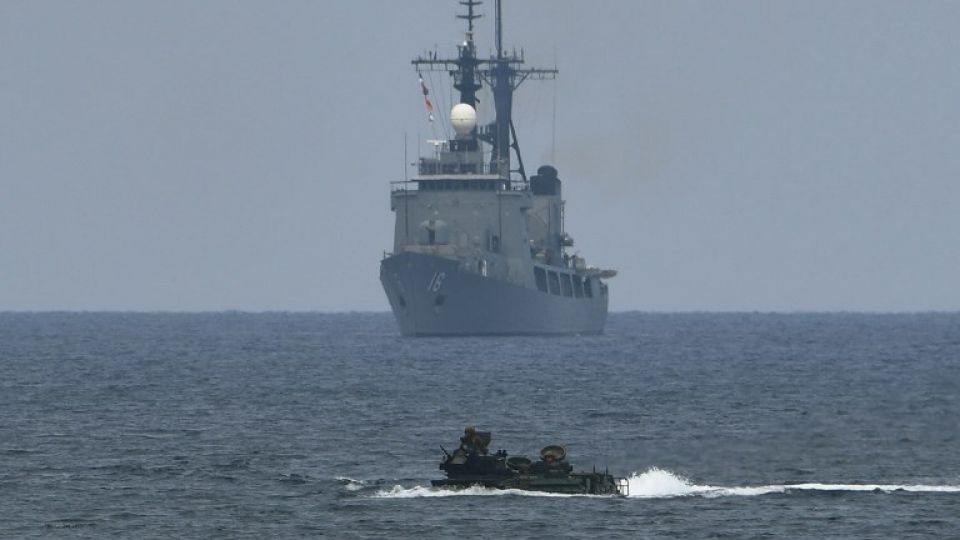August 3, 2018
The two sides have agreed to formal texts to negotiate a long sought after code of conduct in the South China Sea.
Asean and China have agreed on a single text to negotiate the Code of Conduct in the South China Sea, said Singapore Foreign Minister Vivian Balakrishnan on Thursday (Aug 2).
They have also agreed on the “key modalities” for future rounds of negotiations, he said in opening remarks at the Asean-China Ministerial Meeting, one of several related meetings held alongside the Asean Foreign Ministers’ Meeting in Singapore this week.
Dr Balakrishnan said the single draft negotiating text will be the basis for future Code of Conduct (COC) negotiations and a living document. This means that it will be continually edited and updated.
Asean and China settled on the negotiating text in June when both sides held talks in Changsha in China’s Hunan province, he added.
China’s Foreign Minister Wang Yi welcomed the announcement in his remarks, calling it good news and a major development.
“We believe that without any disturbances from outside, COC negotiations will accelerate,” he said.
“Past progress has shown that China and Asean countries have the ability to maintain peace and stability in the South China Sea, and have the wisdom to arrive at a set of regional rules of conduct that we all will observe.”
Describing the progress, Mr Wang added: “It is like China and Asean countries building a house together. In the past, there were 11 designs from the 11 countries on how this house would look like. Now, we have laid in place good groundwork for a single design of this house, and we have also put in place the fundamentals, like the supporting pillars of this house.”
China and several Asean members – Brunei, Malaysia, the Philippines, and Vietnam – claim parts of the South China Sea.
Their competing territorial claims to the disputed waters have been a long-running thorny issue in regional relations, though the situation has been calmer since last year.
Progress on coming up with a set of rules, however, has been slow. China and Asean have been working to fully implement the Declaration on the Conduct of Parties, the precursor to the COC, since 2002.
Negotiations on the COC began in March this year, following last year’s adoption of the framework for the COC.
Singapore has been the country coordinating dialogue relations between Asean and China since 2015, and handed over the rotating role to the Philippines at the end of Thursday’s meeting.
Dr Balakrishnan in his remarks reviewed Asean-China relations during Singapore’s time as coordinator, saying that much has been achieved over the past three years in many areas including trade, investment and innovation.
But such cooperation is only possible with mutual trust and confidence, he added.
“Where there are disagreements from time to time, the key is to seek out common ground, focus on practical cooperation, and resolve differences peacefully and in the spirit of goodwill,” he said.
Such practical cooperation includes the 2016 adoption of the Code for Unplanned Encounters at Sea, and the opening of hotlines between foreign affairs ministries for maritime emergencies in the South China Sea, he added.
As this year is the 15th anniversary of the Asean-China strategic partnership, both sides will also endorse a statement laying out the broad and strategic overview of Asean-China cooperation in the future.
Dr Balakrishnan said he looked forward to the adoption of the statement, called the Asean-China Strategic Partnership Vision 2030, when Asean and China meet again in November.
“All in all, Asean-China cooperation has enjoyed a very good run over the last three years, but there is much more to be done,” he said.
Mr Wang said: “This meeting was more harmonious, smooth and friendly. That shows that mutual trust and support between China and Asean countries have grown from strength to strength.


